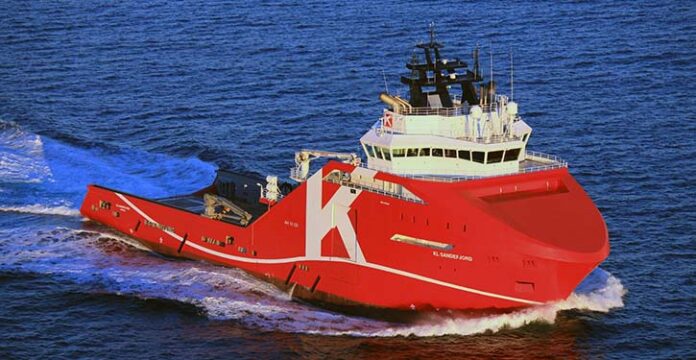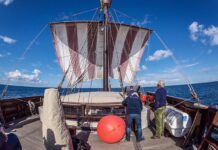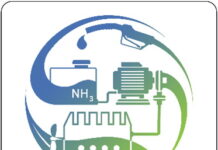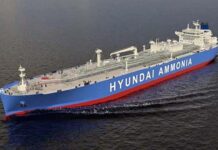The offshore vessel KL SANDEFJORD, owned by K Line Offshore AS, a wholly-owned subsidiary of Kawasaki Kisen Kaisha, Ltd. („K“ Line), is the first offshore vessel with the DNV GL class notation Shore Power. The Shore Power notation verifies the design and installation of a vessel’s on-board electrical shore connection. When in port, the vessel can shut down its engines and rely on a shore-based electrical supply for its needs at berth – the so called “cold ironing”.
“We are very pleased to receive this notation for our large and powerful anchor handler KL SANDEFJORD which reflects our commitment to ensure a cleaner port environment,” says Espen Sørensen, Senior Vice President, Operation and Technical in K Line Offshore AS. “With an on-board shore power installation tested and verified by DNV GL, we now have an offshore vessel equipped for the future. And as result of the good cooperation we have enjoyed with the Bergen Port Authority and DNV GL during this process, we have also decided to apply for the Shore Power class notation for the sister vessel, KL SALTFJORD.”
By tapping into an onshore electrical supply, vessels not only reduce their fuel consumption, but they also eliminate the associated emissions. This will have a marked improvement on the air quality in the port and surrounding environment, cutting PPM, NOx, SOx and reducing CO2 by using more efficient shore-based electricity. In combination with renewable energy sources, electrical supply can even result in zero emission operation for the duration of a vessel’s stay in port. In addition, it can free the engines for maintenance, reduce wear and tear, and limit noise.
“There is an increasing awareness of the impact of shipping emissions in ports and this is driving investments in cold ironing,” says Jon Rysst, Senior Vice President and Regional Manager North Europe, DNV GL. “This is leading to ports both requiring and incentivizing the use of alternative maritime power (AMP). As access expands, alongside the rise of fully electric and hybrid vessels, cold ironing could soon become standard procedure in many ports around the world – with a noticeable positive impact on air quality. With the Shore Power notation shipowners can easily document a safe interface between shore facilities and the ship, based on IEC standards.
DNV GL’s electrical shore connection class rules cover safety requirements for a vessel’s on-board electrical shore connection. The Shore Power notation ensures a safe and efficient way of performing the connection and disconnection of shore power. DNV GL also verifies compatibility between ship and port and provides recommendations for a well-defined future proof technical solution.
The technical requirements are based on the international standard for high voltage shore connections established by IEC, ISO and IEEE in IEC/ISO/IEEE Publication ‘80005-1 Utility connections in Port – Part 1: High Voltage Shore Connection (HVSC) Systems’. Part 3 of this standard is currently under development and will deal with low voltage shore connections. DNV GL is actively involved in this work as a member of the IEC working group.




